I landed in Epirus, excited to wander the winding paths of Greek history. Still, nothing quite prepared me for the haunting beauty of Arta’s legendary bridge.
Its graceful stone arch over the Arachthos River isn’t just an impressive bit of Byzantine engineering. The bridge carries a sorrowful legend of sacrifice that still echoes through the region.
Exploring the bridge, I felt centuries-old stories pressing in—tragedy and resilience mixing in a way that seems to define Epirus.
Byzantine churches rise nearby, silent but stubborn reminders of past glories and heartbreak. Every step along these worn streets drew me deeper into the heart of Epirus, connecting myths to the daily lives of those who once called this kingdom home.
The more I wandered Arta, the more obvious it became: here, history doesn’t sit behind glass. You feel it living and breathing on every stone.
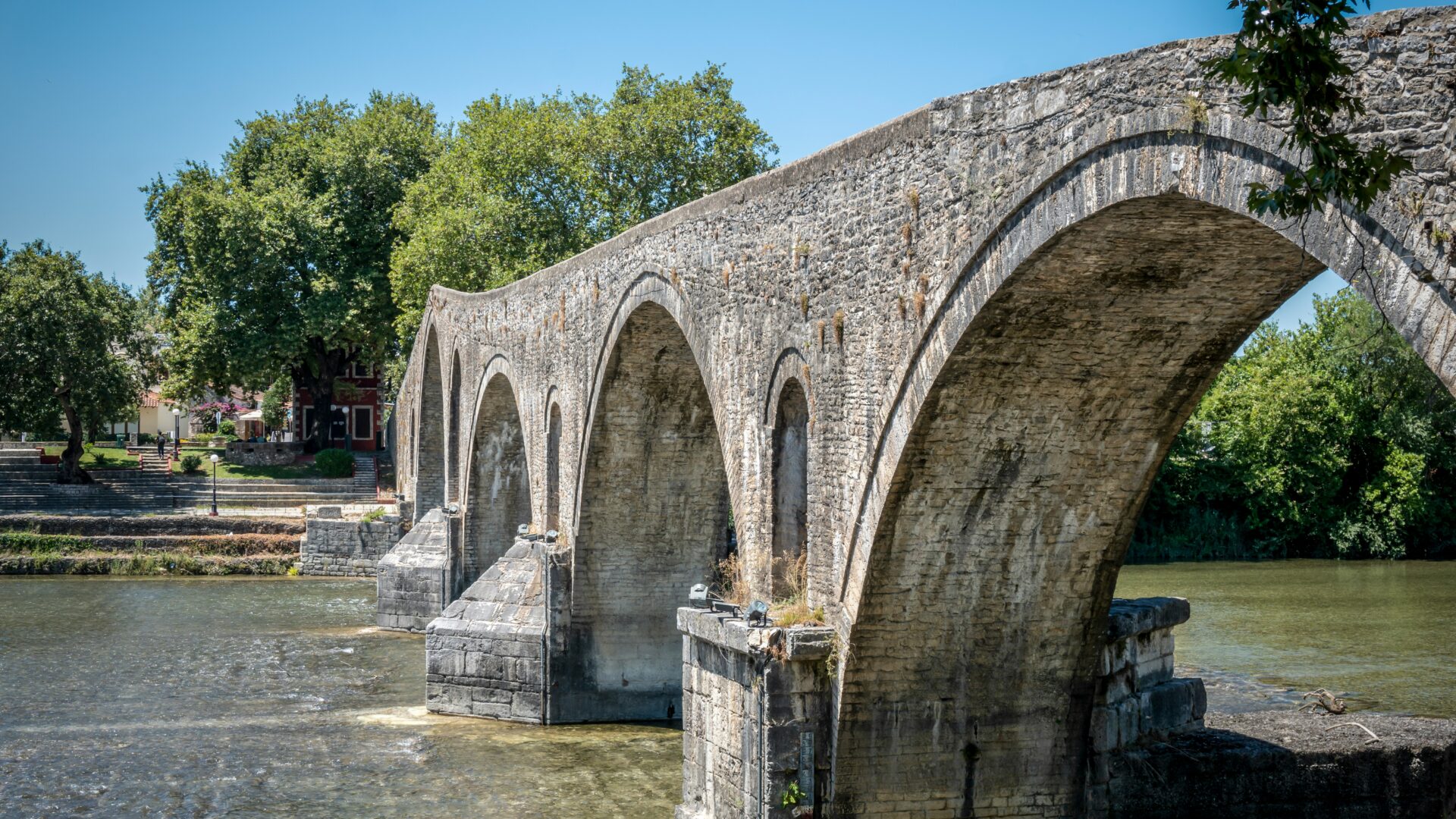
Crossing Arta’s Legendary Bridge
Crossing Arta’s stone bridge isn’t just a way to get across the Arachthos River. The bridge links centuries of history, powerful stories, and rare glimpses into Epirot and Greek culture.
History and Construction
Right in the heart of Arta, the bridge stands for resilience. Builders put it up in the early 1600s, though some stones might be even older—maybe from ancient Greek or Roman times.
You can see the craftsmanship in those sweeping arches and sturdy stonework. Skilled Epirot builders made it to outlast river floods and the ever-changing struggles of trade and conquest.
- Location: Spans the Arachthos River
- Material: Local stone
- Era: Completed in the Ottoman period (early 17th century)
As I crossed, I imagined the footsteps of travelers, traders, and soldiers echoing before mine. The bridge has survived floods, invasions, and neglect. Locals cherish it as a living artifact, a piece of their cultural soul.
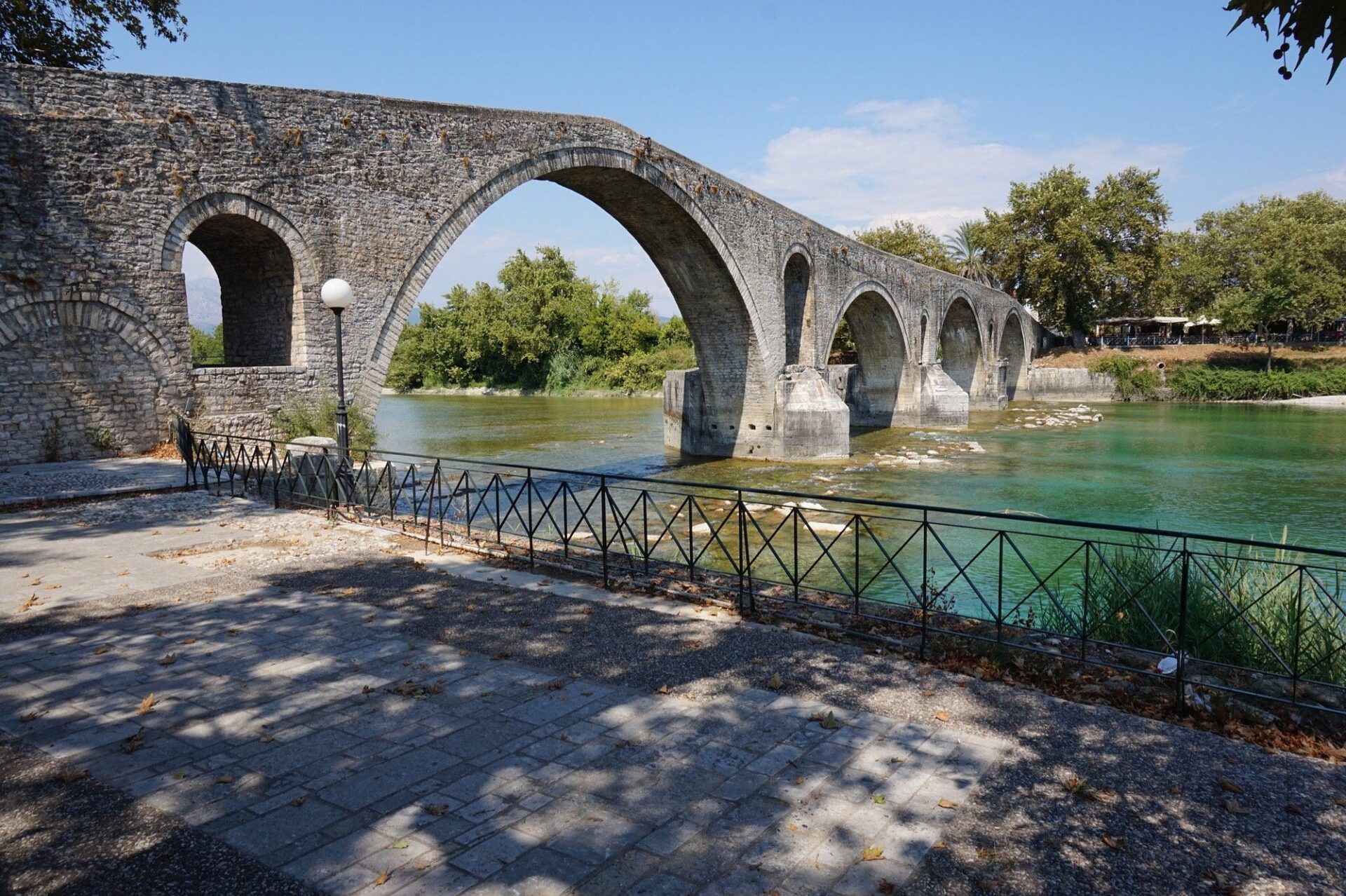
Folk Legends and Local Tales
You can’t visit the Bridge of Arta without hearing its famous legend. It’s bittersweet and honestly, hard to forget.
The story goes: the master builder struggled every night, as the bridge would collapse by morning. Then a mysterious voice told him a human sacrifice was needed for the bridge to stand. In the end, his own wife was chosen—sealed alive in the stonework, her spirit forever guarding the bridge.
Locals have woven this legend deep into Epirot folklore. It’s not just a story, but a way to talk about sacrifice, fate, and endurance.
During festivals, performers sometimes sing about the builder’s sorrow. The tragic tale lingers as you walk across—reminding me how legends can shape the places we visit.
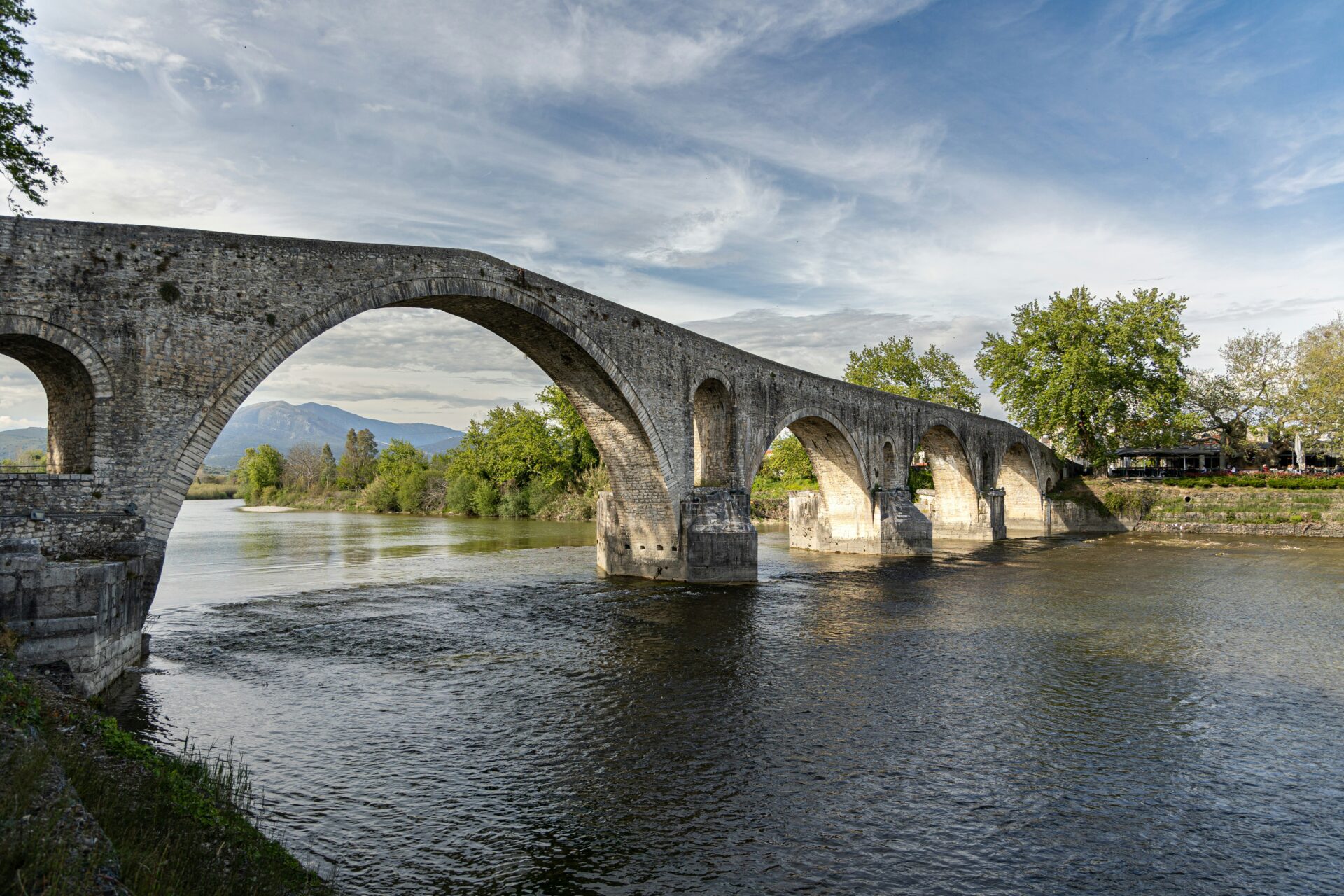
Experiencing the Bridge Today
Crossing the Bridge of Arta is a mix of sights and emotions. I found myself stopping often, peering down at the Arachthos River, picturing life on both banks long ago.
The stones beneath my feet felt smooth from so many years of footsteps. Locals gather here, strolling and celebrating their heritage.
Tourists snap photos, drawn by the view and the bridge’s dramatic shape against the water. I ducked into a little café nearby for coffee and just watched the town’s slow rhythm.
- Tip: Go early in the morning to avoid crowds and catch the softest light.
- Don’t Miss: Interpretive signs nearby share quick facts about the bridge’s construction and legends.
Whether you’re here for history or haunting stories, the Bridge of Arta feels like a living piece of Epirot identity. Walking across, you can’t help but feel part of the region’s ongoing story.
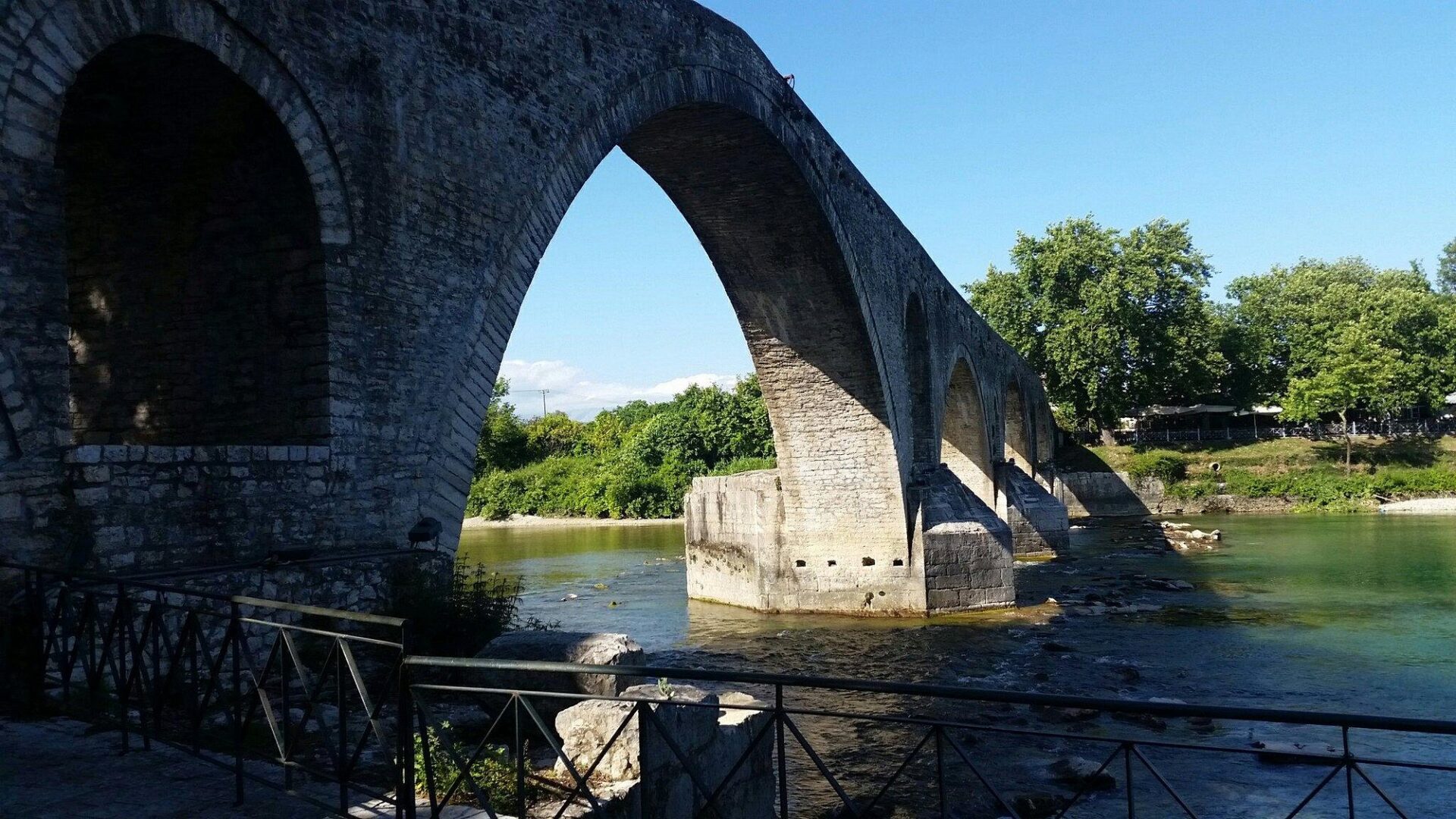
Exploring the Enigmatic Landscapes of Epirus
Epirus unfolds as a place where rugged mountains crash into green valleys, and history lingers in every stone. The land brims with sacred ruins, lively villages, and fields where maize and grapes ripen in the sun.
Sacred Sites and Ancient Sanctuaries
Up on the plateau near Dodona, I felt the ancient world stir. Dodona, once home to Greece’s oldest oracle, sits surrounded by dramatic hills and silver oaks.
Priests once listened to the rustling leaves here to answer questions for the Greek state and everyday folks alike. The ruins are easy to wander, with signposts explaining the amphitheater and sanctuaries.
The area around Dodona feels untouched, almost humming with quiet energy. I’d visit at sunrise if you can—the morning mist hugs the stones, and Epirus’ old stories seem to sharpen.
Monasteries dot Epirus, perched on cliffs or hidden in forests. Some have stories of resilience and tragedy, with faded frescoes showing off the region’s Byzantine roots.
These stops offer a mix—history, spirituality, and some pretty breathtaking views.

Traditional Villages and Hospitality
Epirus is full of stone villages that feel frozen in time. When I wandered into Metsovo or Syrrako, old houses and narrow alleys greeted me, along with locals who seemed eager to share a tale or two.
Hospitality here isn’t just a saying—it’s a way of life. In one tiny taverna, someone handed me a plate of warm pies before I’d even sat down.
Up in the cooler Zagori air, elders gather outside and invite travelers to join them. Simple chats with villagers often turned into tips about secret paths or stunning viewpoints high above the valley.
The architecture stands out—stone rooftops, wooden balconies, all showing a love for tradition. If you want a taste of real Epirus, linger in these villages and say yes to every invitation. The warmth feels genuine.
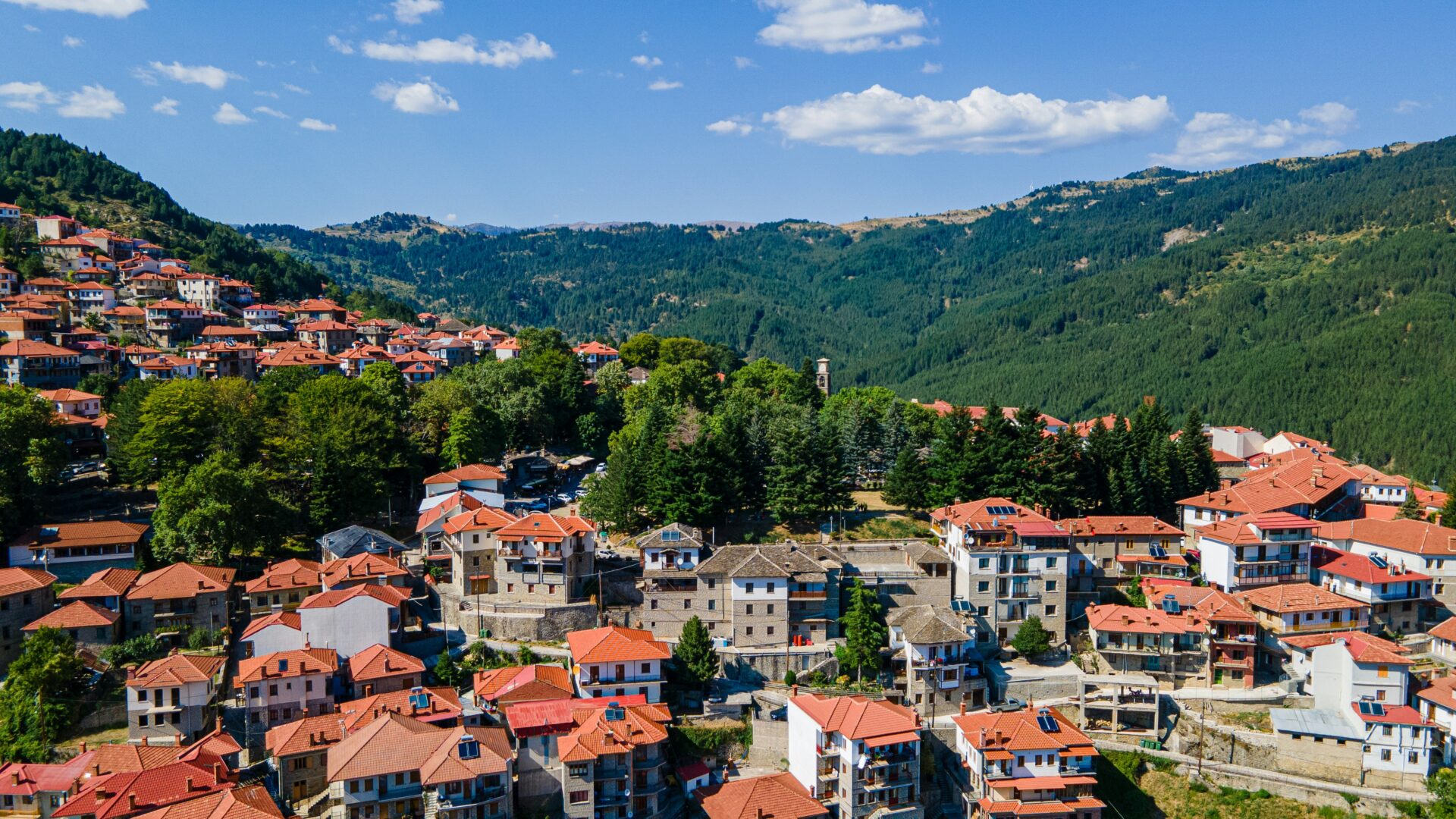
Epicurean Discoveries: Vineyards and Maize Fields
Epirus’ valleys burst with vineyards and golden maize fields. Local meals come from these crops: sweet cornbreads, fresh grape juice, rustic wines.
I joined a vineyard tour and learned how grapes have grown here for centuries, despite rocky ground and harsh winters.
Here’s a quick look at local specialties:
| Dish | Main Ingredient | Region |
|---|---|---|
| Bobota | Maize (corn) flour | Epirus |
| Local Red Wine | Indigenous Grapes | Ioannina |
| Pies (Pites) | Maize, cheese, greens | Zagori |
Markets brim with seasonal produce—maize and grapes taking the spotlight. Eating in a family-run restaurant, I tasted food that told the land’s story.
If you follow the scent of baking bread or crushed grape, you’ll stumble onto the flavor of Epirus’ heritage.
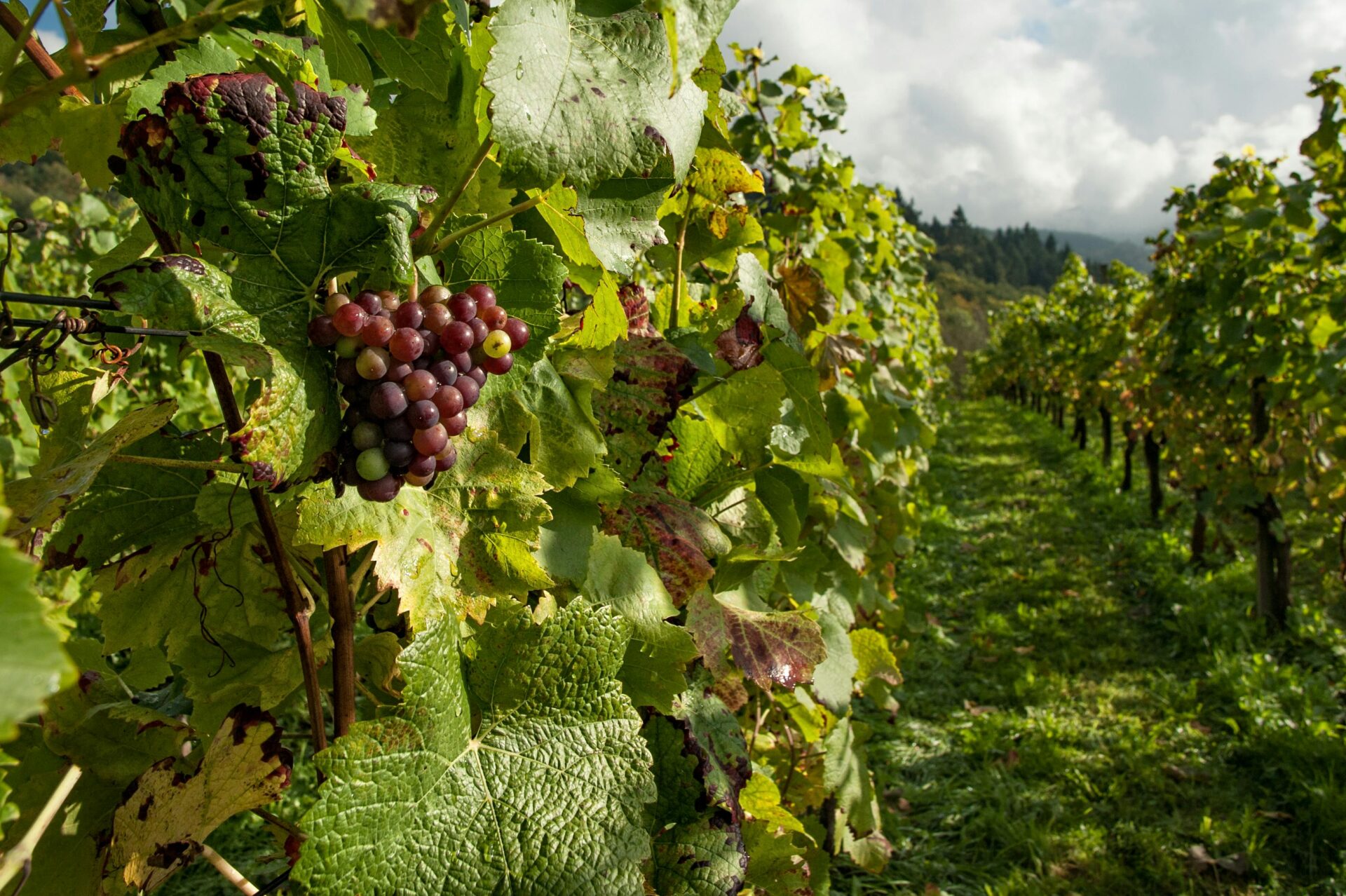
Byzantine Glories and Turbulent Times
Traveling through Arta and Epirus, I kept finding traces of a past shaped by empires, faith, and old traditions. Ancient churches, castle ruins, and the stories people tell reflect centuries of both glory and hardship.
Epirus in the Byzantine Empire
Walking through Epirus, I often wondered what life was like during the Byzantine Empire. The region’s spot between east and west made it a crossroads for armies, merchants, and new ideas.
Arta became a cultural hub, especially as the capital of the Despotate of Epirus after Constantinople fell in 1204. I noticed the mix of architectural styles—rounded domes, intricate mosaics, thick walls.
These beautiful churches, like Panagia Paregoretissa, aren’t just landmarks. They’re living testaments to Orthodox faith and Byzantine art.
Epirots, as locals call themselves, held tight to their Orthodox identity even when politics got messy. Sometimes, imperial government faded, but the national church stayed strong, guiding daily life and belief.
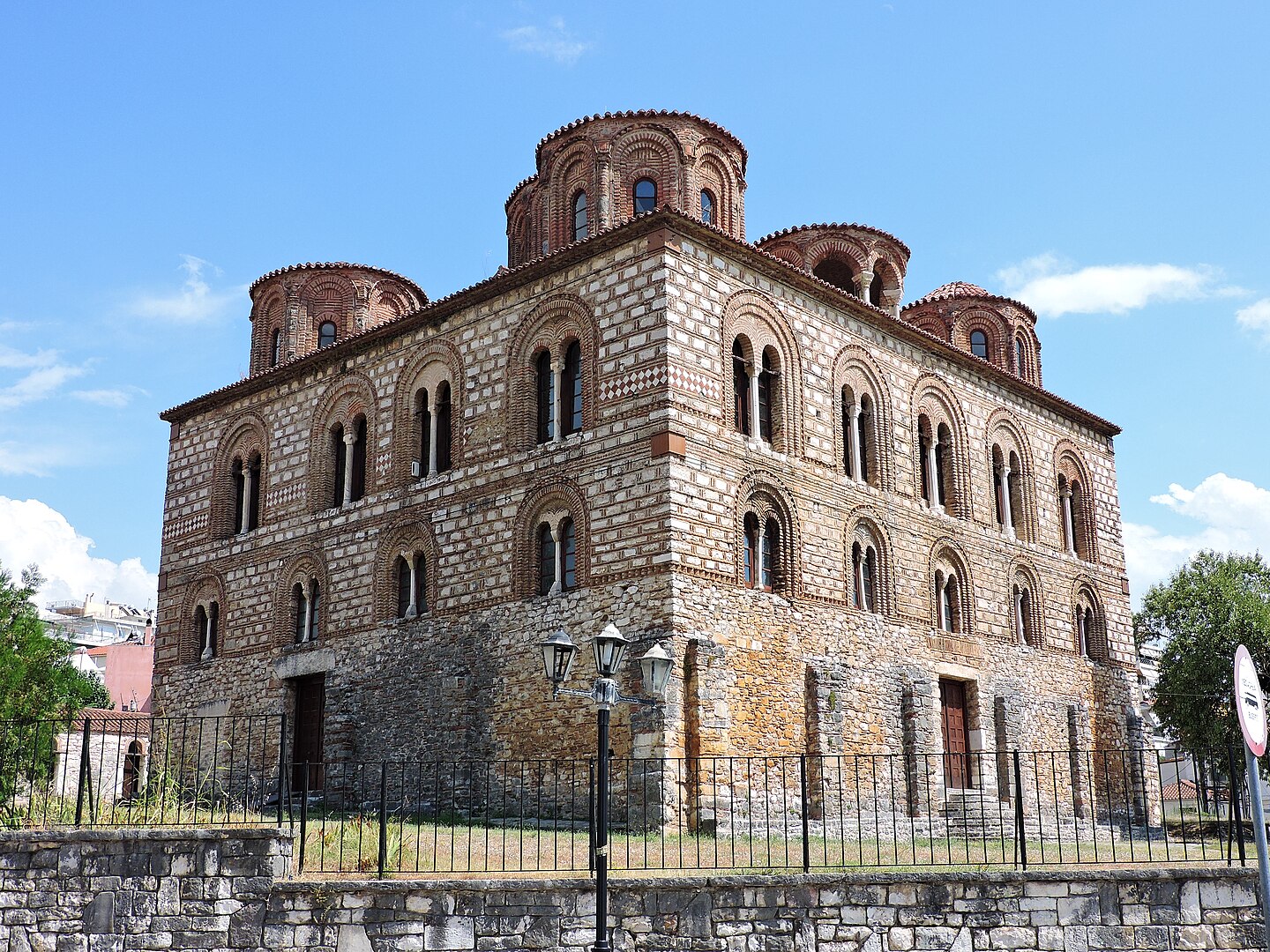
Ottoman and Post-Byzantine Eras
After the Byzantines lost power, the Ottomans took over Arta and much of Epirus. Life changed fast.
Many Byzantine churches got repurposed, and new rules shaped both public and private life. Civil liberty often took a backseat, and Orthodox communities faced new challenges.
Still, the Epirots found ways to keep their traditions alive. Some local churches doubled as gathering spots and even schools.
Wandering old neighborhoods, I spotted signs of this stubborn resistance—restored frescoes, hidden chapels, and family tales still handed down. The post-Byzantine era brought shifting borders and rulers, but the sense of community stuck around.

Cultural Legacy and the Orthodox Identity
Exploring Epirus, I realized the Orthodox Church shapes not just spiritual life but also local culture—and even politics. Festive processions, icon painting, and Byzantine chants fill the air, just as they did centuries ago.
I attended a liturgy and noticed how ancient customs blend with family celebrations. Traditions here have survived wars and regime changes.
Key cultural features I noticed:
- Byzantine iconography everywhere—from public squares to hidden monasteries
- Frequent festivals honoring saints and local protectors
- Community events still centered around the church
People here still call themselves Orthodox and trace their roots with pride back to Byzantium. That connection feels vivid and alive—greeting every traveler with reminders of both the glories and tragedies woven into Epirus’ story.

From Ancient Civilisations to Modern Borders
Walking through Arta, I saw layers of history showing how empires shaped not just the stones and streets, but the borders and people of this region.
Today, the crossroads of Epirus connect stories from Rome, Byzantium, and the national movements that changed the Balkans forever.
Influences of Rome and Byzantium
When I first explored Arta’s old streets, I couldn’t help but imagine the Romans who once ruled here. Arta was part of the Roman province of Epirus, right at the edge of the empire’s western world.
After Rome split, the Byzantines made this region shine in new ways. Arta’s famous stone bridge reminded me how these empires left their mark—not just in architecture, but in the Orthodox churches that still stand.
Byzantine influence lasted for centuries. Art, religion, and even daily life in Arta carried echoes of Constantinople (now Istanbul, Turkey).
The city even served as the capital of the Despotate of Epirus, an independent Greek state born after the Fourth Crusade shook things up.
- Lasting impacts from this era:
- Byzantine basilicas and frescoes
- Roman roads and ancient ruins
- Orthodox Christian traditions
It’s this deep blend of Roman and Byzantine culture that gives Arta its unique character.

Epirus Between East and West
Standing in Epirus, I felt how this land has always been a bridge between worlds. My visits made it clear—Epirus’s history comes from both eastern and western forces.
The region changed hands again and again: Romans, Byzantines, Serbians, Ottomans. While the Byzantines gave it a Greek identity, western powers left their marks too—especially during the Medieval and Ottoman periods.
Sometimes Epirus got dragged into struggles between Venice, Serbia, and the Ottomans.
Power shifts in Epirus:
| Ruler | Timeframe | Influence |
|---|---|---|
| Romans | Until late 4th c. | Roads, cities, military |
| Byzantium | 5th–15th c. | Religion, art, administration |
| Serbians | 14th c. | Feudal rule, culture |
| Ottomans | 15th–19th c. | New laws, mosques, mixed communities |
You’ll notice these layers in the mix of churches, mosques, and even street names. Travelers can still see how Epirus sits at the meeting point of eastern and western empires.
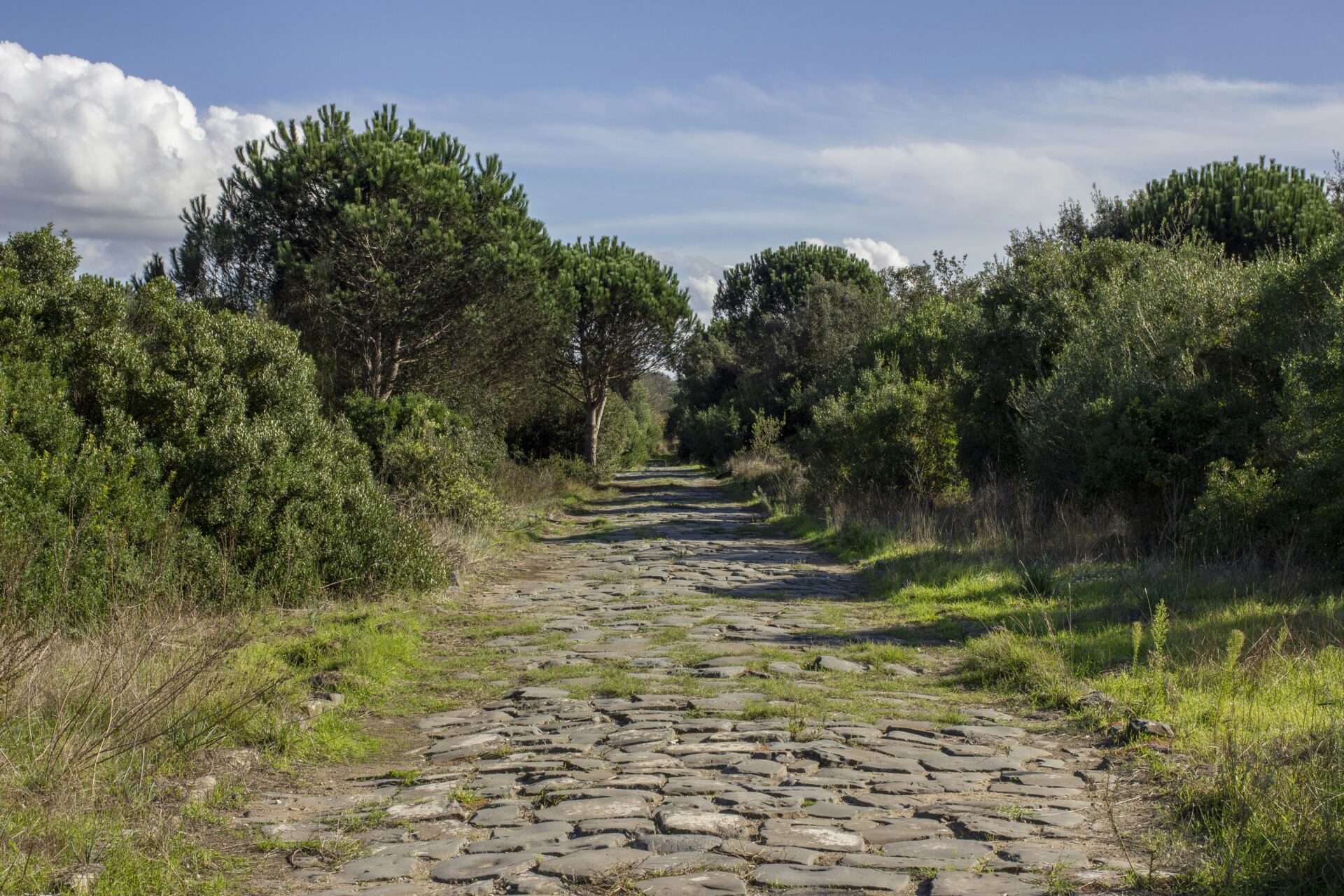
Changing Frontiers: Albania, Greece, and Beyond
Modern borders in the Balkans make ancient unity feel so far away. When I crossed from Greece into Albania, I couldn’t help but notice how today’s lines hide centuries of shared life in Epirus.
After Constantinople fell, this region changed hands again and again. Greek and Albanian culture mixed with Turkish and Serbian influences, making Epirus a real crossroads.
In the 19th and 20th centuries, national movements split Epirus—some of it went to Albania, the rest to Greece.
Modern border changes:
- Greece: Arta only became part of Greece after the Balkan Wars, around 1913.
- Albania: Northern Epirus ended up in Albania, even though Greek communities lived there.
- Serbia & Turkey: National ideas from Serbia and Turkey shaped local identities, even if they didn’t always rule here.
When I visited Epirus, I noticed how borders changed people’s lives. But folks kept old traditions alive—festivals, food, and faith still crossed those new lines.
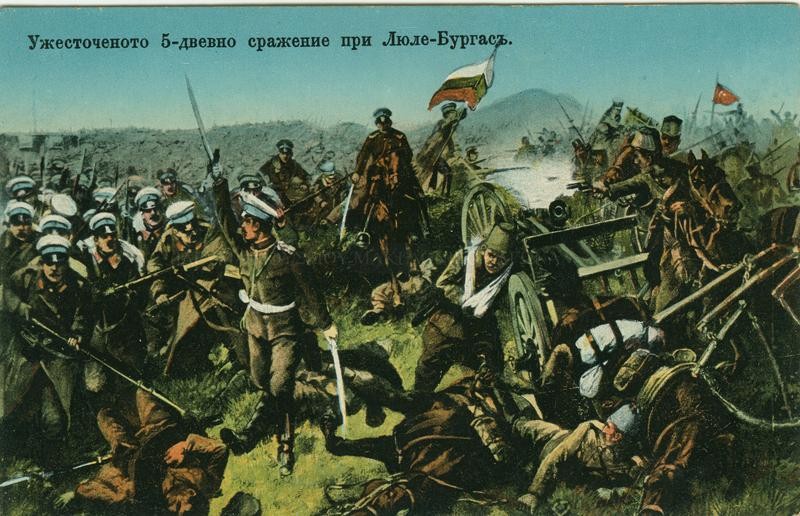
Legendary Figures, Heroic Sagas & Local Traditions
Epirus overflows with stories of resistance, creativity, and quirky customs. These come alive in ancient streets and during vibrant festivals.
The region’s past ties closely to legendary leaders, celebrated thinkers, and community traditions. People still carry on these customs today.
Scanderbeg and the Struggle for Epirus
Whenever I wandered through old Arta, locals brought up Scanderbeg. He was the Albanian-born leader who became a symbol of resilience.
Gjergj Kastrioti—Scanderbeg—united Albanians and Greeks against Ottoman rule in the 15th century. His efforts turned villages into strongholds and inspired future uprisings.
Stories about Scanderbeg aren’t just in textbooks. At the bridge and in small squares, I spotted mosaics and statues honoring him.
Guides shared tales of daring battles and local alliances echoing through the valleys. His legend lives on, not just as a warrior, but as a symbol of hope for many here.

Famous Writers and Philosophers
Epirus has always played a special role in Greek intellectual life. Classical writers like Pyrrhus of Epirus—a philosopher-king—shaped early Greek philosophy and military thinking.
Their works echoed through schools and libraries. Even during the Byzantine era, intellectual elites kept Greek culture and classical literature alive.
When Lord Byron visited in the 19th century, he wrote vivid poems about Arta’s landscapes and the people’s struggles. I saw Byron’s words celebrated in bookshops and heard lively discussions about him in coffee houses.
This tradition of honoring both ancient and modern thinkers still runs deep. Many towns host public readings and cultural walks, tracing the lives of philosophers and writers who helped define Epirus.
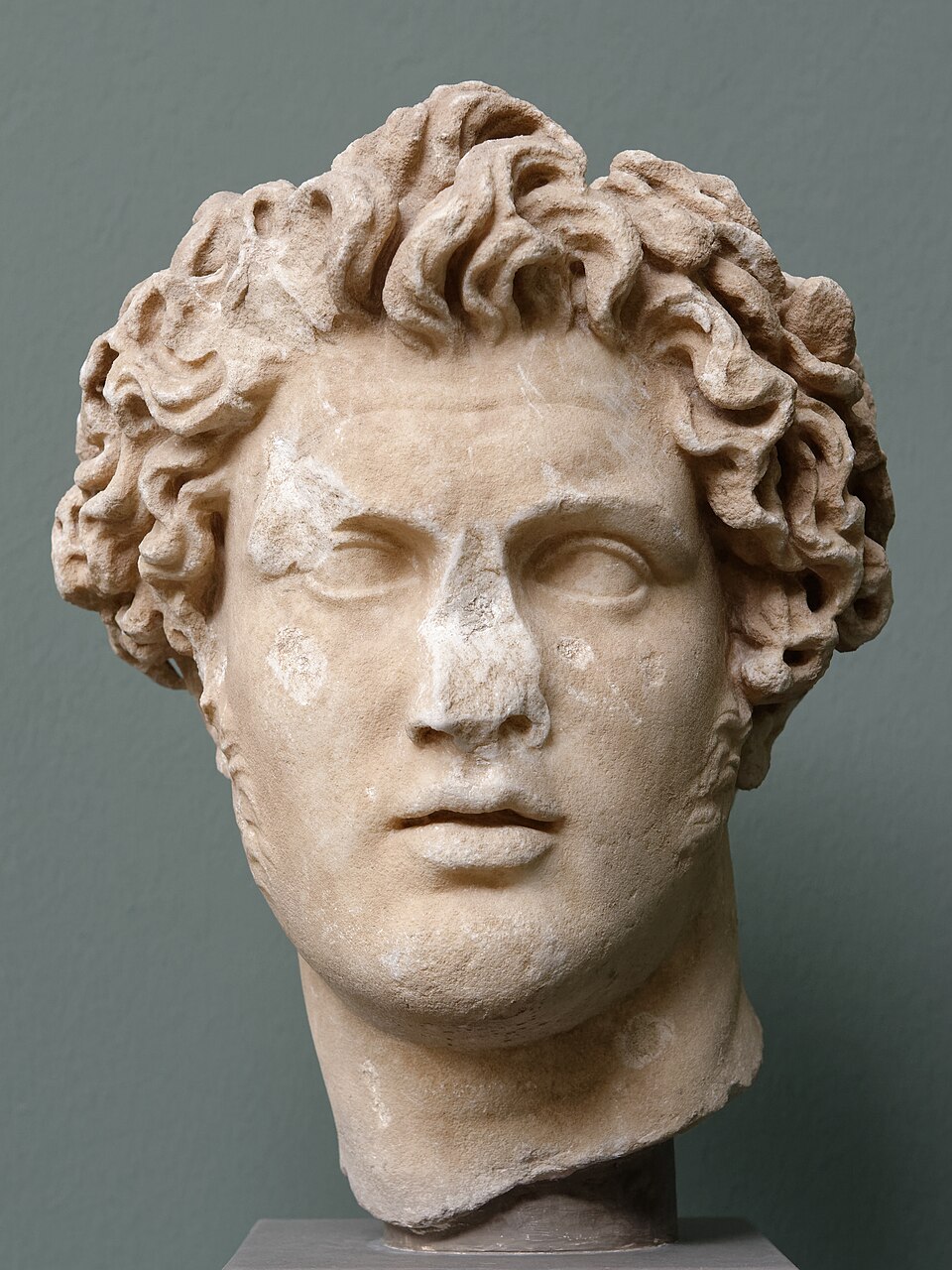
Festivals and Living Traditions
Festivals in Epirus? They’re so much more than just music and dance. Locals use them to share stories of survival and community—there’s always something deeper going on.
Each summer, I’d find myself swept up in the Panigyri. This festival blends old Christian traditions with ancient rituals, and honestly, the energy is contagious.
People fill the streets in bright traditional costumes. Lively folk songs echo everywhere, and you can’t miss the Orthodox rituals woven through the celebration.
I saw how these customs honor historic victories and legendary heroes—Scanderbeg pops up a lot. Long tables almost groan under the weight of homemade food, and elders love to share epic stories.
Those tales? They keep Epirus’s wild cultural mix alive and kicking. Even now, these gatherings help both travelers and locals tap into the region’s tangled, fascinating history.
Every festival feels like you’re stepping right into a living legend.

